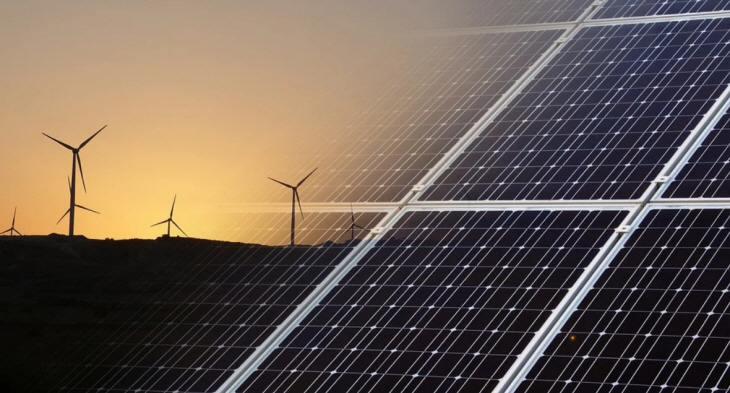
|
|
▲ Renewable energy (Photo = Pixar Bay) |
[에너지경제신문 박성준 기자] Amid growing uncertainty about the global economic recovery due to the novel coronavirus infection (Corona 19), it is predicted that the global renewable energy market will grow significantly this year.
IHS Markit, a global market research firm, recently revealed this in its report on’Clean Technology Trends to Watch in 2021′.
IHS Markit predicted that “in the case of solar power in particular, the demand for solar power has increased sharply from last year due to Corona 19, and the world installations will increase by more than 30% this year. Earlier, the International Energy Agency (IEA) also predicted in its past report that the installation of renewable energy generation facilities will increase by about 10% this year due to government support policies.
China was selected as the country that will lead the solar power market this year. According to IHS Markit, China is expected to account for 35% of the solar power facilities installed in the world.
In China, the annual solar power plant installation is increasing again. According to China’s National Energy Agency (NEA), the number of newly installed solar power generation facilities in China recorded a record high of 52.8 gigawatts (GW) in 2017, but fell to 44.3 GW in 2018, the following year. In 2019, it recorded 30.1 GW, showing a full decline, but last year, despite Corona 19, new installations recorded 48.2 GW, soaring by about 60%.
Due to this trend, the industry predicts that new solar power generation facilities of up to 50GW will be added in China this year.
Even with the exception of China, since the photovoltaic market has been geographically diversified than in 2010, it is also interpreted that new power generation facilities will be installed around the world. IHS Markit explained, “Currently, there are 18 regions in the world where the cumulative solar power installation exceeds 1GW, which is quite in contrast to the fact that there were only six 10 years ago.
What is noteworthy is that the demand for solar power will increase from the first quarter of this year even though the production cost has soared 15% and the solar module cost has also increased. In addition, as production costs are predicted to subside in the second half of the year, new installations of solar power facilities are expected to set a new record at the end of this year.
“This is the first time we will see a situation where global demand is growing by more than 30% despite the high module prices in the first half,” said IHS Markit’s director Edian Joko. “This is unprecedented in the solar industry.”
In addition, there was a view that not only solar power plants but also related technologies will show a big change. According to IHS Markit, Spain, India and the Middle East are emerging as regions with the lowest Equalized Generation Costs (LCOE). It is also predicted that the next generation solar cell, perovskite solar cell, will be commercially produced within the next five years.
In the case of wind power generation, about 120GW of power generation facilities were newly installed in the world last year, but this year, it is expected to break last year’s record under the lead of China. IHS Markit said, “Ahead of the suspension of subsidies, the amount of onshore wind power installed in each country will continue.”
In particular, the scale of offshore wind power being operated this year is expected to exceed 10GW, a level that is about twice as high as last year. In addition, it is forecasted that about 20GW of offshore wind power projects will be awarded in the UK, France, Denmark, the Netherlands, Germany, the US, Japan and Taiwan. “Offshore wind power is finally transitioning to the commercial stage,” said Andrei Utkin, senior researcher. “The reliability of offshore wind power has been proven through numerous experimental projects.”
In addition, it was suggested that the market related to’green hydrogen’, which produces hydrogen by electrolyzing water with renewable energy, will grow exponentially from this year. According to the analysis, the cost of hydrogen production without carbon emissions will drop by nearly 40% by 2025 as the related cost is lowered and the cost of renewable energy generation becomes cheaper as the water electrolysis technology expands on a large scale.
IHS Markit explained, “The green hydrogen production facilities showed record growth last year, and this trend is expected to continue this year.”
In the case of geothermal energy, which is a non-key renewable energy source, about 0.5GW of facilities will be newly operated this year, and Indonesia and Kenya are expected to lead the global market.
